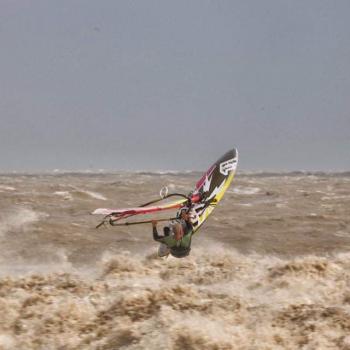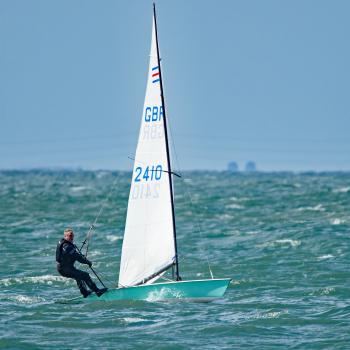English football fans will be disheartened by the news that the ruptured anterior cruciate ligament injury suffered by Theo Walcott at the weekend will in all likelihood mean that he will miss the World Cup in Brazil this summer. Injuries to the knee are of course extremely common in people participating in sport at all levels, particularly with “high-risk” sports such as football and rugby. They cause pain, prevent training and lead to lowered fitness, sometimes requiring months of rehabilitation.
Professor Nicola Maffulli, Consultant Trauma and Orthopaedic Surgeon, comments: “Virtually all sports put pressure on the knee joint and the ligaments, tendons, menisci and articular cartilage within the joint can all sustain damage.”
It is important for anyone who has sustained a sporting knee injury to obtain an assessment from a Consultant Surgeon specialising in knee injuries. If surgery is required, it is essential to ensure that the most suitable technique is used and to operate sooner rather than later to prevent further joint damage. The ultimate aim of the surgery is to restore full function and stability to the knee joint.Various surgical techniques are used to reconstruct a torn anterior cruciate ligament by grafting tissue from a tendon obtained from the patient (autograft). The surgery is done arthroscopically, which is a minimally invasive technique with small incisions, also known as keyhole surgery.
The current “gold standard” type of surgery for an injury to the anterior cruciate ligament is arthroscopic reconstruction using a hamstring tendon graft. This method gives good results, has a relatively fast recovery and produces few problems with the hamstring tendon, which heals well. Alternatively, a patellar tendon graft can be employed and this is often preferred for professional athletes. However, the drawback is that it can cause later problems such as pain on kneeling, stiffness and even a fracture of the bone of the kneecap. Other grafting techniques include use of the quadriceps tendon from the same patient, or donated human grafts (allografts) of the tendons from various sites (hamstring, patella, and heel).
Surgery reduces the risk that a patient with a torn anterior cruciate ligament and an unstable knee joint will experience deterioration of the articular cartilage and the menisci in later life.












